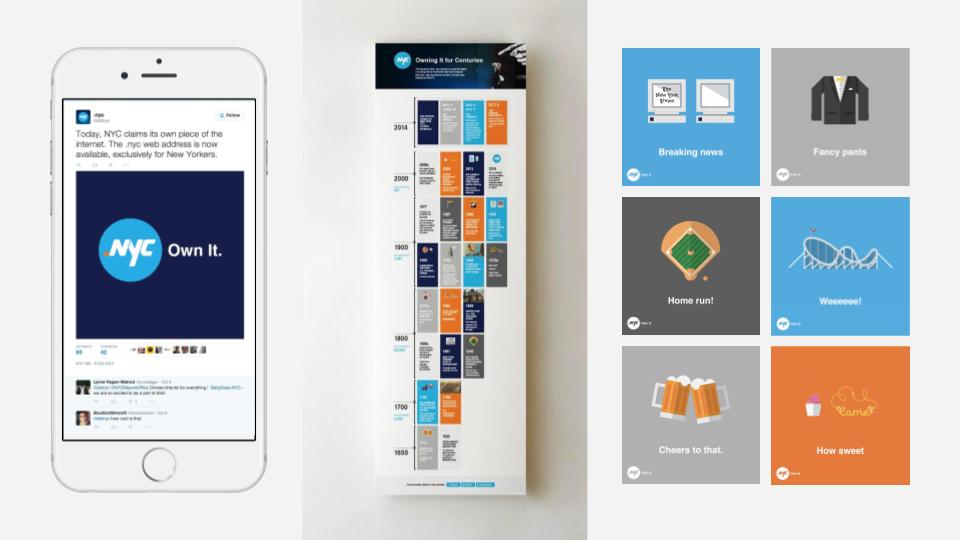When it comes to brand building, content is key. But how do you know if the content you’re producing is effectively reaching the right audience? With so much content and channels to choose from, attracting and engaging the right audience is more competitive than ever. Whether paid or owned, creating more content only further crowds an already noisy online marketplace, which is costly and ineffective in the long term.
Grounding your organization with a content marketing strategy can help you:
- Connect the right content to the right audience at the right time
- Establish authentic and cohesive storytelling that marries logical and emotional elements to convey a cohesive brand narrative
- Build the foundation for marketing activities and primes customers to be more receptive to promotion and brand loyalty/retention
DEVELOP YOUR STRATEGY
Setting up your content strategy takes time and creativity. Start by breaking your plan down into these seven steps:
- Define Your Goal & Audience
Pinpointing your desired outcome and understanding what motivates your audience is key when developing your content strategy. At this point, you should set your business goal, determine brand positioning, and set appropriate KPIs based on your target audience. Get to know your audience better through customer lifecycle journey mapping, persona development, and audience segmentation.
- Audit Content & Performance
Conducting a content and performance audit will help you determine what content is performing well, needs to be updated, or no longer meets your goal. Get the most out of your audit with extensive SEO research to find relevant, highly trafficked keywords and phrases your audience is searching for. You should also research industry patterns and trends, explore any areas of opportunity through a gap analysis, and analyze your existing content and platform metrics. This will lay the foundation for content topics that will maximize inbound traffic.
- Identify Channels & Platforms
Select channels that align with your audience and your business goals. Sometimes a platform where your target audience can be reached doesn’t feel right for your brand, or vice versa. Look for the sweet spot where brand personality and audience engagement meet. There are many options, including social media, email, news outlets, retail sites, and more.
- Plan Content
After considering where and when to reach your audience, it’s best to outline a calendar with an appropriate cadence for content. Your content calendar should serve as a key where you define seasonal, real-time, and evergreen content and identify opportunities to align with other marketing initiatives.
- Create Content
Choose the content you want to create based on your target audience and business goals. There are nearly unlimited possibilities when it comes to content, from thought leadership articles, blog posts, social media posts, infographics, case studies, and videos to interactive content like apps, websites, and virtual reality.
- Distribute Content
Activate and operationalize your content strategy across your designated platforms and channels. Decide who will manage the creation and publication of your content.
- Measure & Optimize
To ensure you get maximum ROI from your content, you should continually measure results and optimize to increase engagement. Make sure you have well-defined KPIs and benchmarks and establish an ongoing customer feedback loop. Boost any content that performs well.
CONTENT STRATEGY EXAMPLE
To get a better understanding of how content strategy works, let’s look at an example.
Neustar – .nyc
Internet giant Neustar set out to create a brand and launch a new TLD (top-level domain) for the city of New York, .nyc. Their goal was to drive domain sales. This meant they had to develop and launch a brand that the world’s toughest crowd would embrace…New Yorkers. Being successful meant getting New Yorkers to adopt .nyc as their own. After conducting a series of on-the-ground interviews, the “Own It” campaign was born.

A pre-registration period opened for specific audiences that targeted influencers, early tech adopters, and business owners through events and unique placements to generate buzz and create an exclusive club for those that could own it first. The brand connected to followers through various forms of media, including an animated social countdown revealing Own It Moments throughout New York’s history, collaboration with The Gothamist and the New York Daily News, and email blasts through trusted news sites such as The New York Times and The New York Post.
After launch, the .nyc domain extension experienced the fastest growth of any location-based gTLD. With over 50,000 domains sold in less than a month, .nyc lived up to the hype. In addition to direct domain sales, the brand received over 2.7 million paid media impressions, with a 15.4% media conversion rate – virtually unheard of in the media world.
WHY IT MATTERS
Some business owners put content marketing strategy on the back burner, seeing it as a luxury rather than a priority. However, with targeted content, you can relate and build trust with your existing audience while growing brand awareness. This type of brand building is invaluable for the long term.
Developing an effective content marketing strategy takes time, creativity, research, and planning. Whether you’re building your content strategy from the ground up or looking to refresh your existing plan, make the process simpler by following these steps.
Connect with us to learn more.


